FontanaArte hosts a design showcase at Gae Aulenti’s house
It’s open house at Gae Aulenti’s place during Salone del Mobile as FontanaArte explores the legacy of the art director who made Milan’s Brera district

Before Futurism reached full swing, Milan was taking its fledgling steps towards becoming a mini-metropolis. New architecture attracted the creative community that would transform it into the design capital of the world. Among them was Gio Ponti, intent on building a company where design and technology could shape creativity and innovation. In 1932, he co-founded FontanaArte with Luigi Fontana and Pietro Chiesa, and the trio went on to work with some of the biggest names in Italian design.
These days, the company’s creative direction is steered by Francesco Librizzi, who keeps Milan’s past in mind as he looks forward to its future. Since the times of Leonardo da Vinci, people have moved to Milan to study and work, making it a city of migrants and creators who care deeply about cultural progression. Librizzi has used this creative heritage to open a dialogue between the masters of Italian design, past and present. He felt that, with Salone del Mobile in town, this April was a good time to show the parts of Milan that have impacted on, inspired and contributed to the spirit of FontanaArte. To do so, he selected three figures fundamental to the city’s history – Gae Aulenti, Stefano Boeri and Gio Ponti.
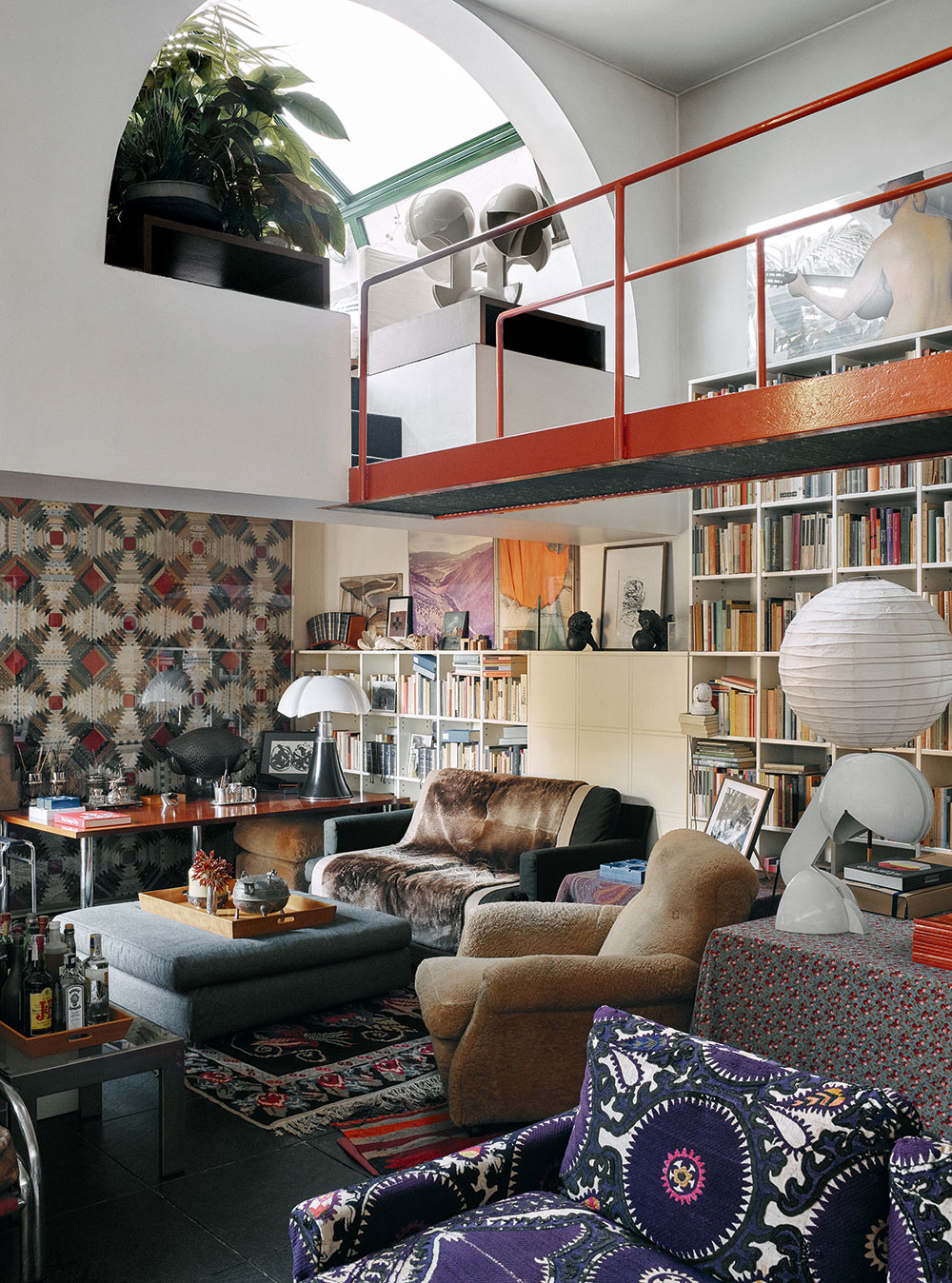
The living room, with Aulenti’s colourful textile collection, and her 1965 ‘Pipistrello’ and 1968 ‘Ruspa’ table lights for Martinelli Luce.
Aulenti was FontanaArte’s art director from 1979 to 1996. She made Milan’s Brera district – where she bought both her apartment and office in 1973, reconfiguring them to connect via a doorway on the top floor – her creative base of operations. Aulenti’s family now uses the space, which is just as she left it, as the home of her official archives. During Salone, the public will have the opportunity to see inside Aulenti’s house, usually only open by special appointment.
‘Her time at FontanaArte led to some of the most radical pieces in Italian design,’ says Librizzi. ‘Her “Tavolo con Ruote” table is a work of architecture, not design. It surpasses its function as a mere object with a symbolic, structural movement.’

Aulenti’s 1960s ‘Locus Solus’ stools and side table for Poltronova, in the top-floor solarium
Aulenti lived in her Brera apartment from 1974 until her death in October 2012. Its interiors reflected her eclectic tastes, including furnishings of her own design, such as the ‘April’ folding chairs created for Zanotta in 1964. A limited-edition Roy Lichtenstein carpet dominates one wall of the living room, while the sofa is covered in a fabric that she picked up on her travels. Even her ‘Festo’ table, designed for Zanotta, sports a custom felt top. One of Aulenti’s architectural additions to the apartment was a walkway over the living room that leads to a solarium overlooking Piazza San Marco, lit in the evening by one of the ‘King Sun’ lamps she designed for Kartell in 1967. In the bedroom, books from her extensive library overflow onto stools. Among the many pieces that Aulenti designed for FontanaArte is the ‘Tour’ table, with a bevelled glass top resting on four pivoting bicycle wheels.
Elsewhere in the city, Gio Ponti is celebrated at the Torre Branca, a building he completed in 1933. ‘It was the first modern mark on the urban landscape,’ Librizzi says. ‘It is an observatory but also a landmark. You look at the city from it, while, in turn, the city looks at it.’ Meanwhile, at the FontanaArte showroom, Stefano Boeri will present a new lamp designed for the brand. ‘He has a unique approach to the dimensions of the city and landscape,’ Librizzi says, having personally selected Boeri for this project. ‘We consider him to be a bridge between our heritage and the future’.
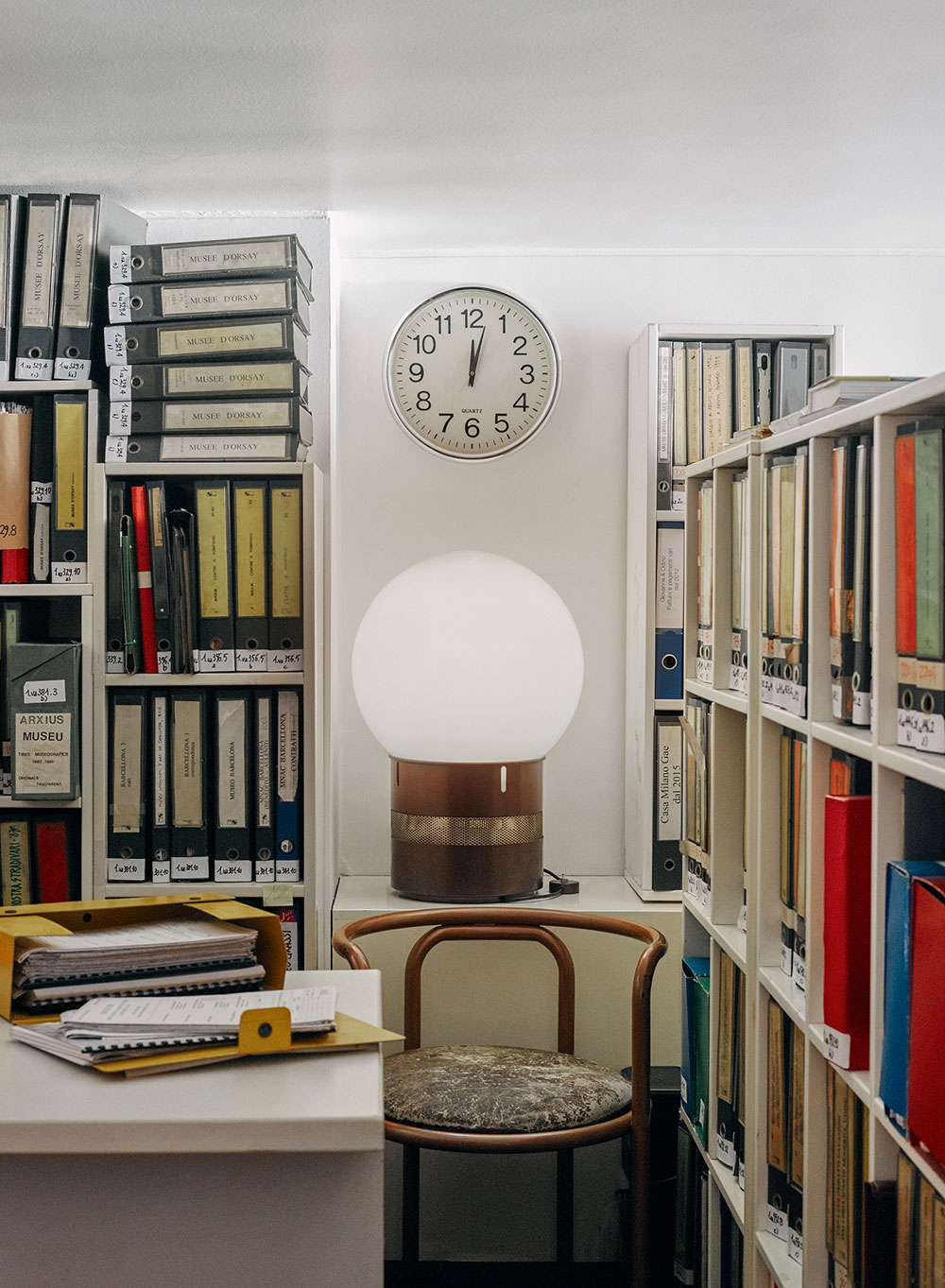
The office area and archives, with Aulenti’s 1969 ‘Mezzo Oracolo’ table lamp for Artemide, and 1964 ‘Locus Solus’ chair
It seems that FontanaArte is intent on bridging this gap in 2019. When your brand is so rooted in history, it is important to acknowledge this, while remaining as committed to the contemporary as Gio Ponti and his peers were back in 1932. ‘We are proud to mark the start of Salone with locations that are symbolic for us and for Milan,’ says CEO Giuseppe Di Nuccio. ‘We are both Milanese and international more than ever before.’
As originally featured in the May 2019 issue of Wallpaper* (W*242)
INFORMATION
Gae Aulenti Archive is at via Fiori Oscuri 3; Torre Branca is at Viale Luigi Camoens 2; and the FontanaArte flagship store is at Corso Monforte 13, Milan. For more information, visit the FontanaArte website
Receive our daily digest of inspiration, escapism and design stories from around the world direct to your inbox.
-
 Usher opens up about breakfast playlists, banana pudding and why a glass tumbler is always on his rider
Usher opens up about breakfast playlists, banana pudding and why a glass tumbler is always on his riderOn the heels of a collaboration with Baccarat, the Grammy-winning singer-songwriter breaks down his entertaining tips. 'Hosting is an expression of how you feel about your guests and also who you are.'
-
 The beauty trends that will define 2026, from ultra-niche fragrances to anti-ageing dental care
The beauty trends that will define 2026, from ultra-niche fragrances to anti-ageing dental careAs we enter the new year, we speak to experts in fragrance, skincare, aesthetics, wellness and more about the trends that will be shaping the way we look
-
 The most stylish hotel debuts of 2025
The most stylish hotel debuts of 2025A Wallpaper* edit of this year’s defining hotel openings. Design-led stays to shape your next escape
-
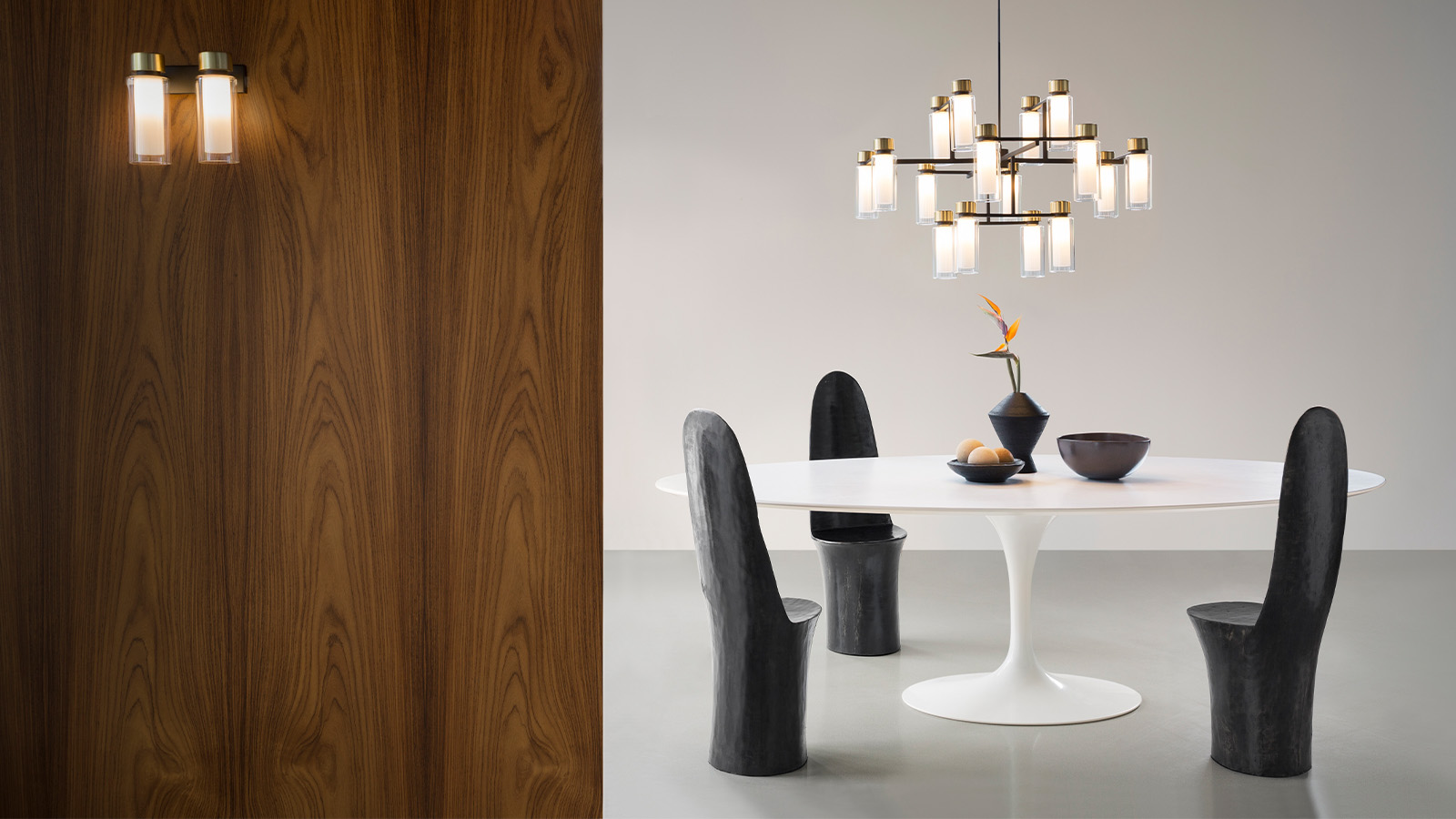 Rooted in Italian heritage, Tooy is redefining bespoke lighting
Rooted in Italian heritage, Tooy is redefining bespoke lightingItalian lighting company Tooy translates ‘made-in-Italy’ savoir-faire into contemporary, one-of-a-kind pieces
-
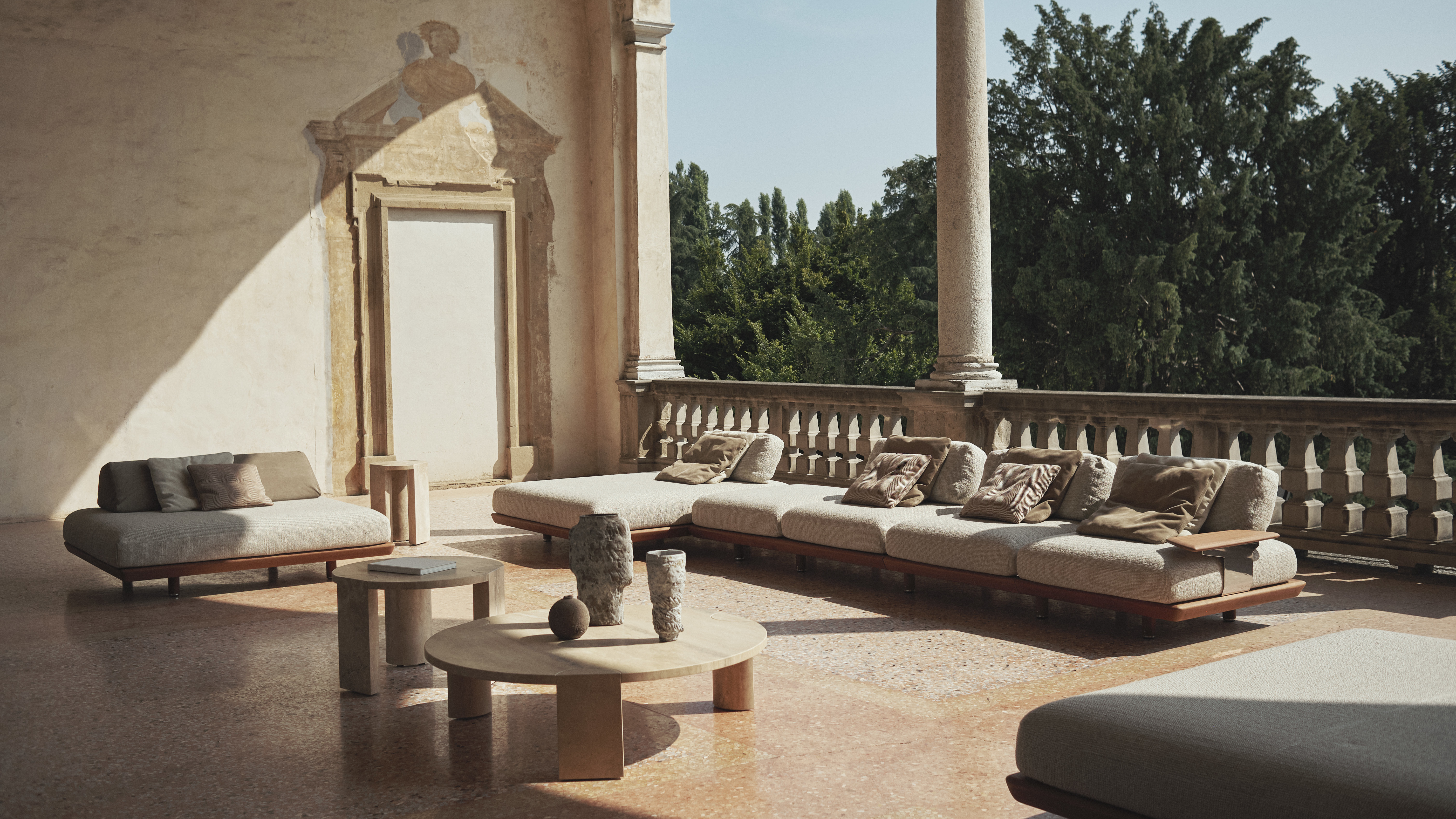 Outdoor living takes a sophisticated turn with Exteta’s new furniture collections
Outdoor living takes a sophisticated turn with Exteta’s new furniture collectionsExteta’s latest outdoor furniture collections offer all the elegance and exactitude associated with Italian interiors – and take it outside
-
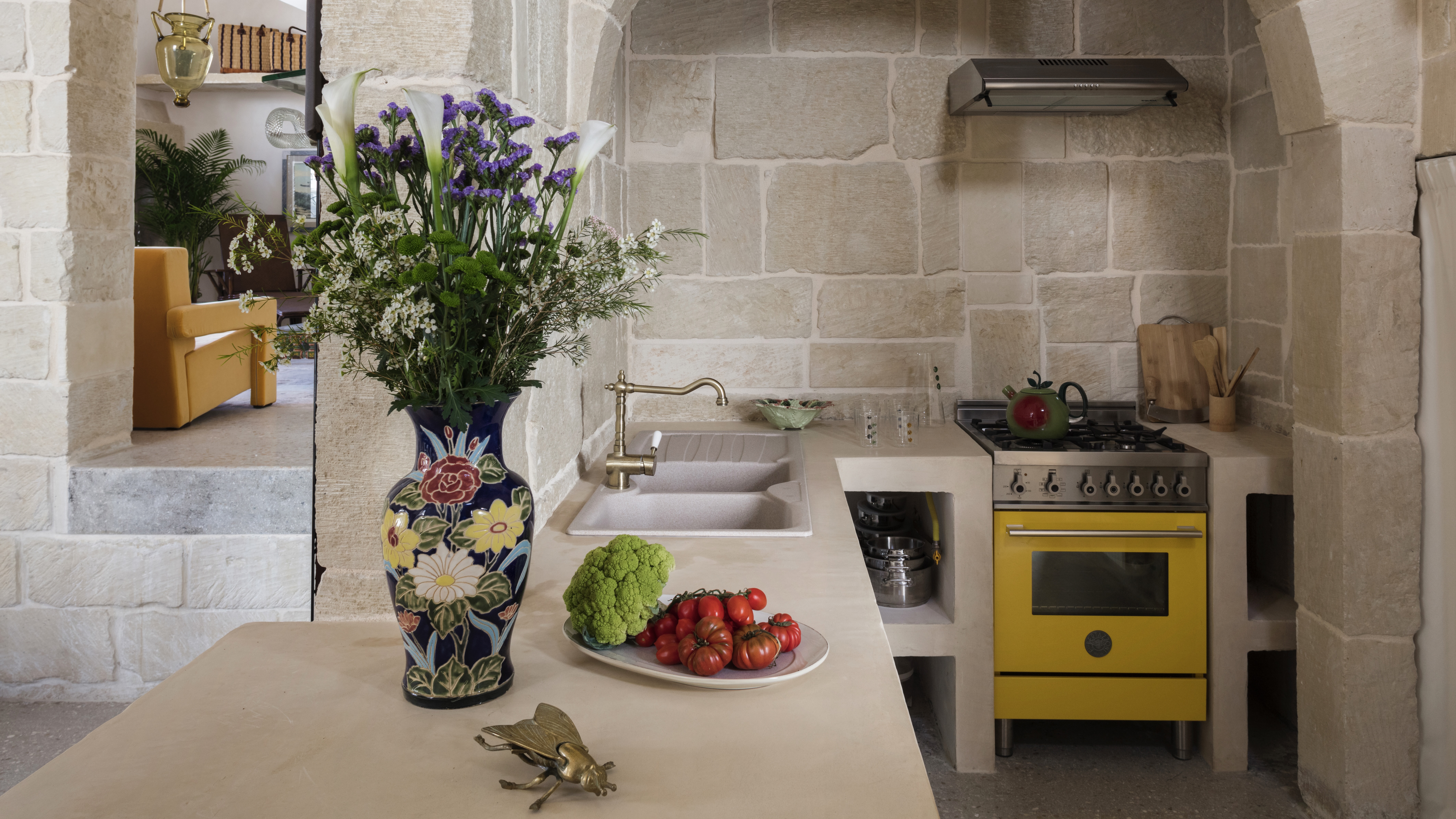 This 18th-century Puglian villa has been restored with contemporary touches
This 18th-century Puglian villa has been restored with contemporary touchesThe updated stonemason's workshop is a haven of centuries-old brick and sophisticated made-in-Italy design
-
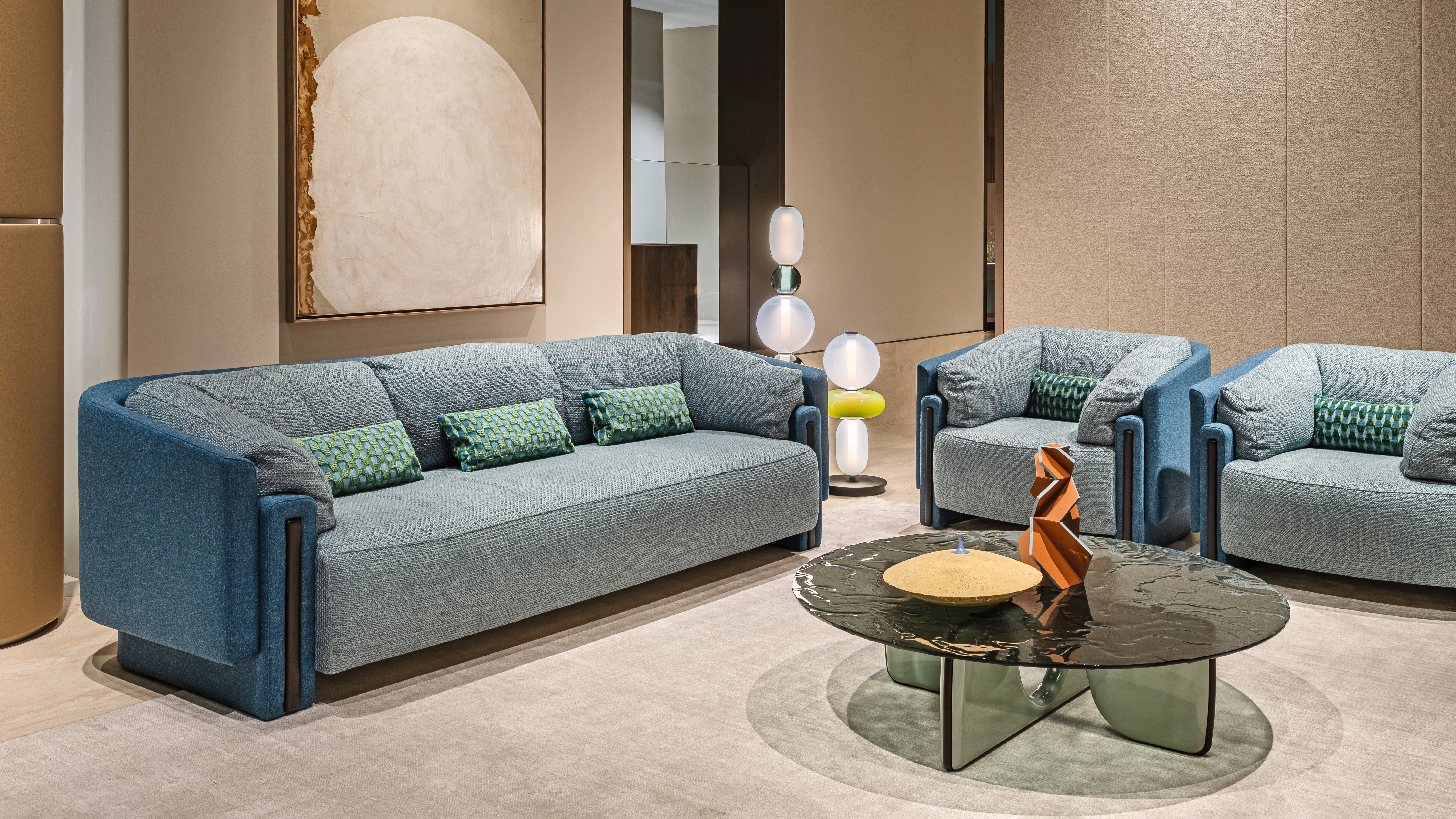 Inspired by a goddess, Turri’s ‘Vesta’ furniture is just heavenly
Inspired by a goddess, Turri’s ‘Vesta’ furniture is just heavenlyDesigner Francesca Lanzavecchia brings her signature poetic touch to the new furniture collection, marking Italian company Turri’s centenary
-
 Tour the Italian ambassador’s redesigned London apartment
Tour the Italian ambassador’s redesigned London apartmentNick Vinson is behind the dazzling overhaul of this ambassador’s apartment, a happy marriage of past and present, and a celebration of Italy’s rich design legacy
-
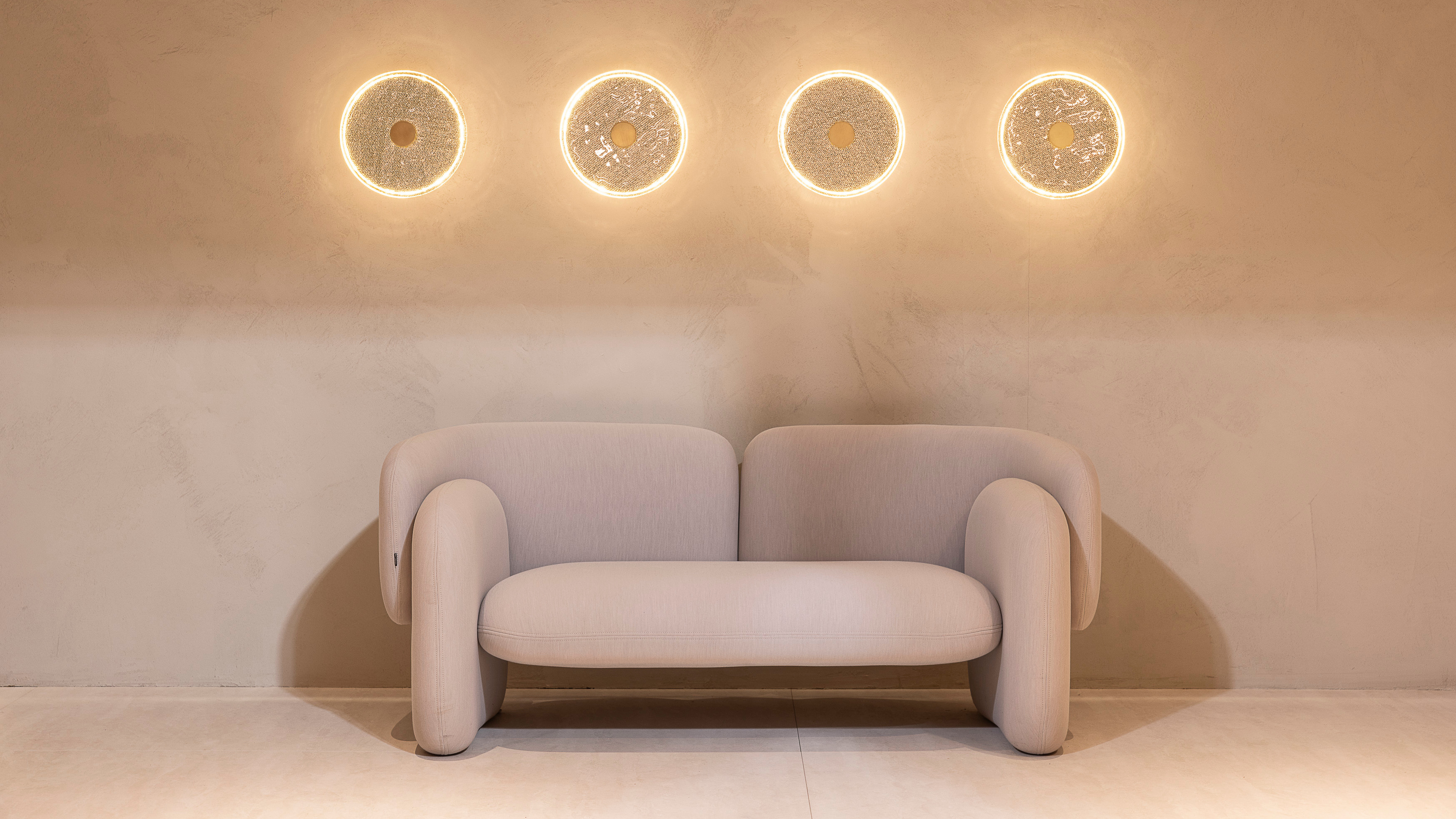 Lasvit brought forest, fabric and frozen light to Euroluce 2025
Lasvit brought forest, fabric and frozen light to Euroluce 2025Czech glassmaker Lasvit’s 2025 lighting launches look to nature for inspiration and reflection
-
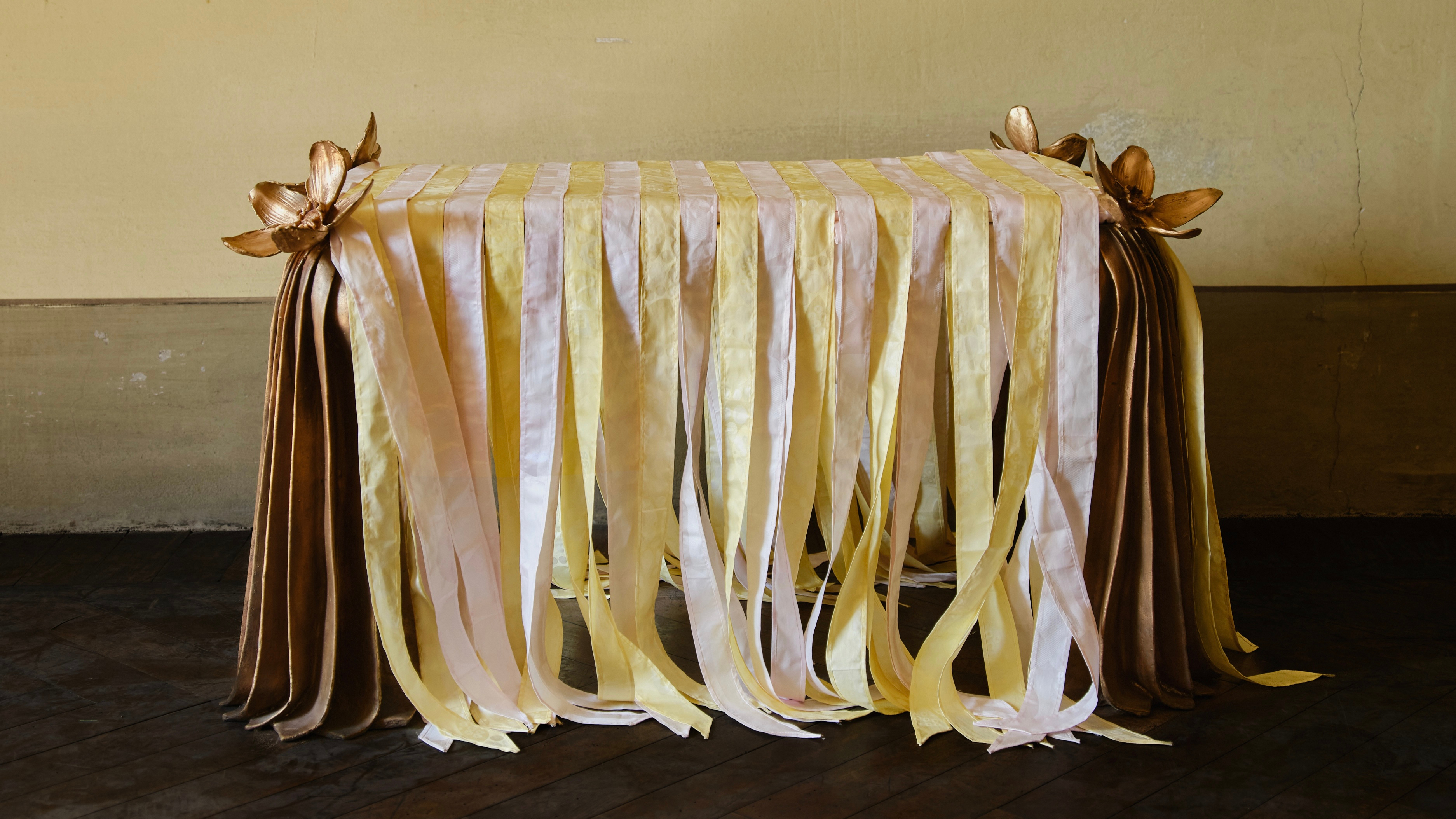 Conie Vallese and Super Yaya’s beribboned bronze furniture is dressed to impress
Conie Vallese and Super Yaya’s beribboned bronze furniture is dressed to impressTucked away on the top floor of Villa Bagatti during Milan Design Week 2025, artist Conie Vallese and fashion designer Rym Beydoun of Super Yaya unveiled bronze furniture pieces, softened with hand-dyed ribbons in pastel hues
-
 Geoffrey Bawa’s furniture designs are revived – a tropical modernist treat
Geoffrey Bawa’s furniture designs are revived – a tropical modernist treatBangalore studio Phantom Hands cultivates the furniture legacy of Sri Lankan tropical modernist pioneer Geoffrey Bawa